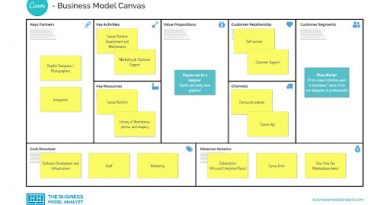Interactive menu QR code: Boosts restaurant sales
The total dining experience and bringing new clients to your restaurant heavily depend on your menu.
An interactive or view-only QR code menu is a requirement in the current digital world. To design your digital menu, you can use upgraded technology assistance like QR code menu software.
A well-designed menu, whether in an interactive or a view-only format, can boost sales and enhance diners’ dining experiences.
Tips on how to improve sales
- Use technological advancement
Use a QR code menu program that offers a range of options and is cost-effective.
For instance, you can design a restaurant website with an interactive menu and ordering page, a customizable QR code menu, and a data and sales analytics tool using an interactive restaurant menu QR code software.
You can also control and manage multiple restaurant branches from a single account. To put it another way, the QR code menu software streamlines your customer service strategy.
2. Know your target audience
To design a successful menu, you should understand your audience. By performing market research, you can identify the target market.
You can conduct surveys and formally request consumer feedback and opinions.
Understanding each audience member’s demographics, which include age, gender, marital status, income, interests, and hobbies, will help you understand their needs and preferences.
Using the information you’ve acquired, you may create a menu that caters to the preferences of your target market.
3. Create and categorize the menu
Create an Excel, Google Sheets, Spreadsheet, or simply a list on paper of the meals you want to serve.
By chopping, copying, and pasting cells, rows, and columns in Google Sheets, you can quickly organize your data while saving those changes as you make them.
Create a profitable menu by classifying these menu items appropriately.
Divide everything up into starters, entrées, and desserts.
The menu items that performed the best in your menu engineering plan will now be placed in order of priority.
4. Price your menu
There are numerous business strategies you may employ when pricing your menu list. While developing your pricing strategy, the most frequent elements to consider are your market, target audience, brand, demand for your restaurant idea, competition, and suggested retail price of your menu item.
You must be aware of the actual cost of your goods and materials. The cost of your recipe should next be evaluated, the profit margin determined, and a pricing template developed.
5. Add menu and beverage descriptions
The history of the food on the plate and how the cooking procedure evokes a gourmet feeling in diners are both provided in the menu description. Although it is reassuring to believe that writing a menu description story is simple, there is more to it. Keep your menu description concise and engaging; it’s more than just a tale.
When describing your food and beverages, use sensory descriptors. To catch your clients’ attention, highlight the pricey items and make the rest of the menu brief and straightforward.
For instance, using enticing terms like “refreshing,” “crisp,” “savory,” “tangy,” “sweet,” and “crunchy” were suitable to draw attention.
Consider a diner’s mental picture while perusing your menu for the first time.
6. Choose a complementary color scheme
Choose a few hues that best describe your restaurant, and use them throughout the menu. To rapidly complete this, pick three shades from a color scheme you’d want to see on the menu.
Start by choosing three colors from the color scheme you wish to use for the menu.
7. Create a menu layout with images and a meal list
A list of the things to be designed and the color scheme can be helpful when working with a designer.
Advice: According to one study, people spent more money at restaurants when currency indicators were removed from menus.
In addition, to get the images you need, you may have to hire a professional food photographer to shoot the perfect photo for your interactive menu.
8. Check the final output
Talk about your ideas with the people who will significantly impact your restaurant’s success, and let them choose which one to implement.
You can use sales data from your restaurant’s POS system to support the design that will increase sales if you have access to it.
Make sure the QR code menu for your restaurant is error-free before printing copies.
A missing comma or a typographical error might change how customers perceive the restaurant.
Final thoughts
When your restaurant’s menu has a QR code, changing the offerings is the ideal way to keep customers interested and the money coming in.
You may assess which meals need improvement and which are performing well enough to keep on the menu using the information acquired from the restaurant’s QR codes.




